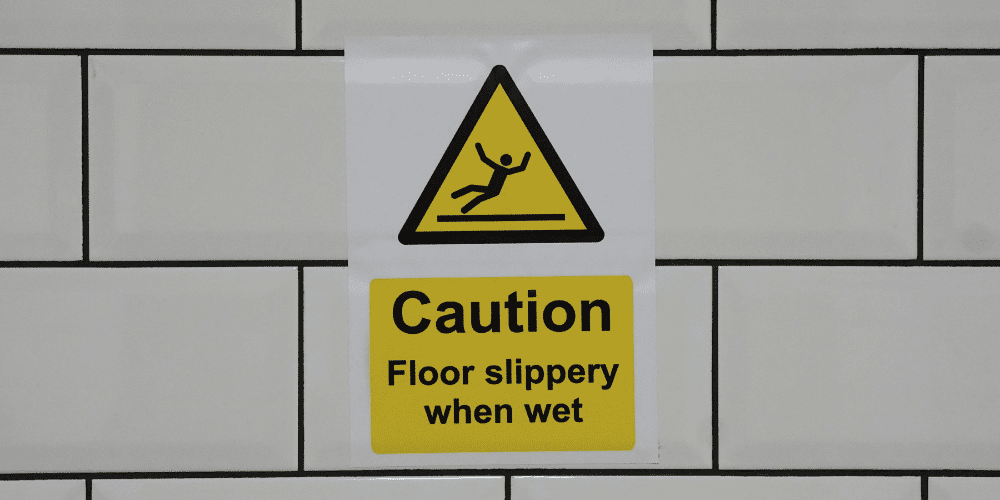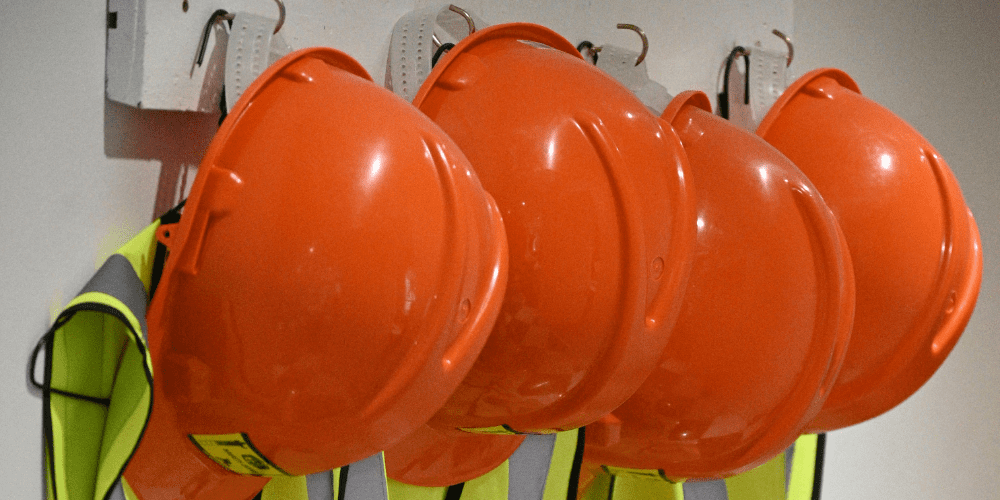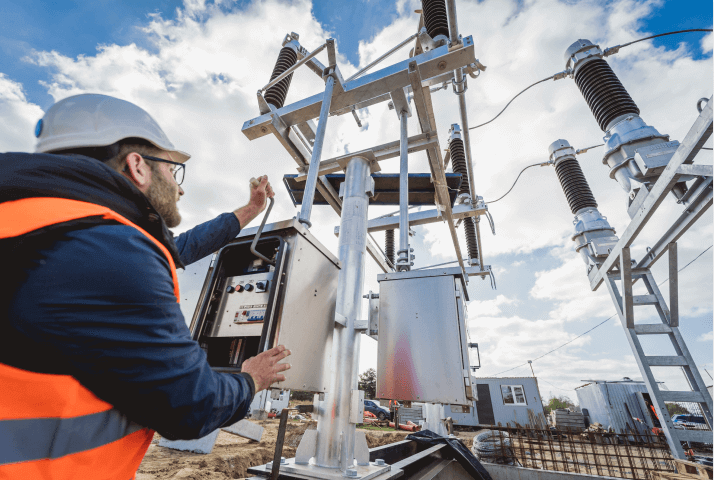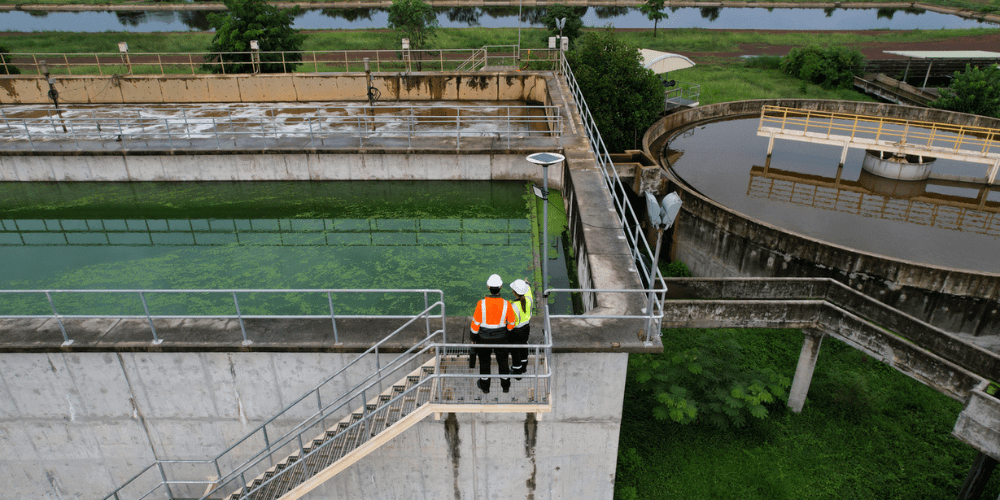Workplace accidents remain a significant concern across the UK, with thousands of incidents reported to the Health and Safety Executive (HSE) each year. While many of these accidents result in minor injuries, some lead to serious harm, business disruption, and even prosecution. One of the most effective ways to reduce these risks is through comprehensive risk assessments.
At Jason Rowley Ltd, we specialise in delivering health and safety training courses that equip teams with the knowledge and skills to carry out risk assessments properly, helping businesses operate safely and within the law.
What Is a Risk Assessment?
A risk assessment is a structured process used to identify hazards, evaluate the likelihood of harm, and put in place measures to control or eliminate those risks. Far from being a box-ticking exercise, risk assessments form the foundation of safe workplace practice. They allow organisations to anticipate potential dangers, reduce risks, and create a safer working environment for employees, contractors, and visitors.
A typical risk assessment involves spotting hazards, determining who may be harmed and how, deciding on appropriate control measures, and keeping clear records. When reviewed regularly, this process ensures ongoing compliance and continuous safety improvements.
UK Legal Requirements for Risk Assessments
In the UK, risk assessments are a legal requirement under the Health and Safety at Work Act 1974 and supporting regulations. Employers have a duty to safeguard anyone affected by their work, whether they are employees, contractors, or members of the public.
The HSE provides clear guidance on how to conduct a risk assessment and stresses the importance of documenting findings, particularly in businesses with five or more employees. For industries such as utilities and construction, where workers often require access to high-risk operational sites, carrying out robust risk assessments is essential for compliance and safety.

The Risk Assessment Process Step by Step
A thorough risk assessment follows four key stages:
- Identify hazards: These can include physical hazards such as slips, trips, and falls, occupational health risks like exposure to hazardous substances, and environmental hazards such as working near water or highways.
- Assess the risks: Determine who could be harmed and how. This includes employees, contractors, subcontractors, and even members of the public.
- Control the risks: Decide on control measures that reduce or eliminate hazards. These may include safe systems of work, protective equipment, or changes to working practices.
- Record and review: Keep written records of the risk assessment, communicate findings, and review regularly to ensure controls remain effective.
By embedding these steps into workplace practice, organisations can build a culture of proactive health and safety management.
5 Common Workplace Hazards to Consider
Different industries face different hazards, but many risks are common across workplaces. Some of the most frequent include:
- Slips, trips, and falls: Often caused by uneven flooring, spillages, or poor housekeeping.
- Electrical hazards: Particularly relevant to the power industry and construction sites.
- Manual handling risks: Lifting or moving heavy items without the correct technique can cause long-term injuries.
- Highway working: Essential in the utilities sector, this requires strict controls to prevent accidents in public areas.
- Exposure to harmful substances: Such as chemicals, dust, or sewage in the water and sewerage industry.
Recognising and documenting these hazards is the first step to preventing workplace accidents.

How Risk Assessments Prevent Workplace Accidents
A well-conducted risk assessment helps organisations control risks before they cause harm. By identifying potential hazards in advance, employers can take steps to eliminate or minimise them.
For example:
- In the gas network, a risk assessment may highlight the dangers of working near live pipelines, leading to clear permit-to-work procedures being applied.
- In construction sites, assessments may prevent injuries from unsafe scaffolding or heavy machinery use.
- In the water industry, risk assessments can prevent contamination incidents by enforcing strict hygiene controls.
These examples demonstrate how proactive planning reduces accidents, protects public health, and ensures compliance with industry-specific safety standards.
The Role of Training in Effective Risk Assessments
Risk assessments are only as effective as the people who carry them out. Without proper health and safety training, employees may miss key hazards, fail to apply suitable controls, or neglect to review assessments.
At Jason Rowley Ltd, our SHEA training courses, First Aid and AED training, and SCO training programmes all emphasise the importance of risk assessments. We teach employees how to identify hazards, understand workplace responsibilities, and apply the correct control measures in line with safety executive guidelines.
By investing in training, businesses ensure their staff are competent, confident, and capable of supporting workplace safety. This builds trust with clients, demonstrates compliance, and reduces the likelihood of costly incidents.
Why Risk Assessments Build a Safer Workplace
Beyond compliance, risk assessments support a safer and more efficient working environment. They encourage employees to be proactive about health and safety, help managers allocate resources effectively, and provide a framework for monitoring performance.
They also demonstrate to regulators, clients, and employees that your organisation takes safety seriously. This not only reduces the risk of accidents but also strengthens your company’s reputation as a responsible, reliable employer.
Trust Jason Rowley for Risk Assessment Expertise
Risk assessments are more than a regulatory requirement; they are a vital tool for preventing workplace accidents and safeguarding your workforce. By identifying hazards, controlling risks, and embedding a culture of safety, businesses can protect employees, comply with the law, and build long-term resilience.
At Jason Rowley Ltd, we help organisations across the UK develop the knowledge and confidence needed to carry out effective risk assessments through our health and safety training courses. Whether you need training for new starters, refresher courses, or industry-specific modules, we’re here to support your team.
Take the first step towards a safer workplace today, get in touch with the expert team at Jason Rowley to discuss your options for Health and Safety Training Courses.
Related Articles
Do You Need Both First Aid at Work and a SHEA Passport?
First Aid at Work vs Emergency First Aid: Which Training Do You Need?




